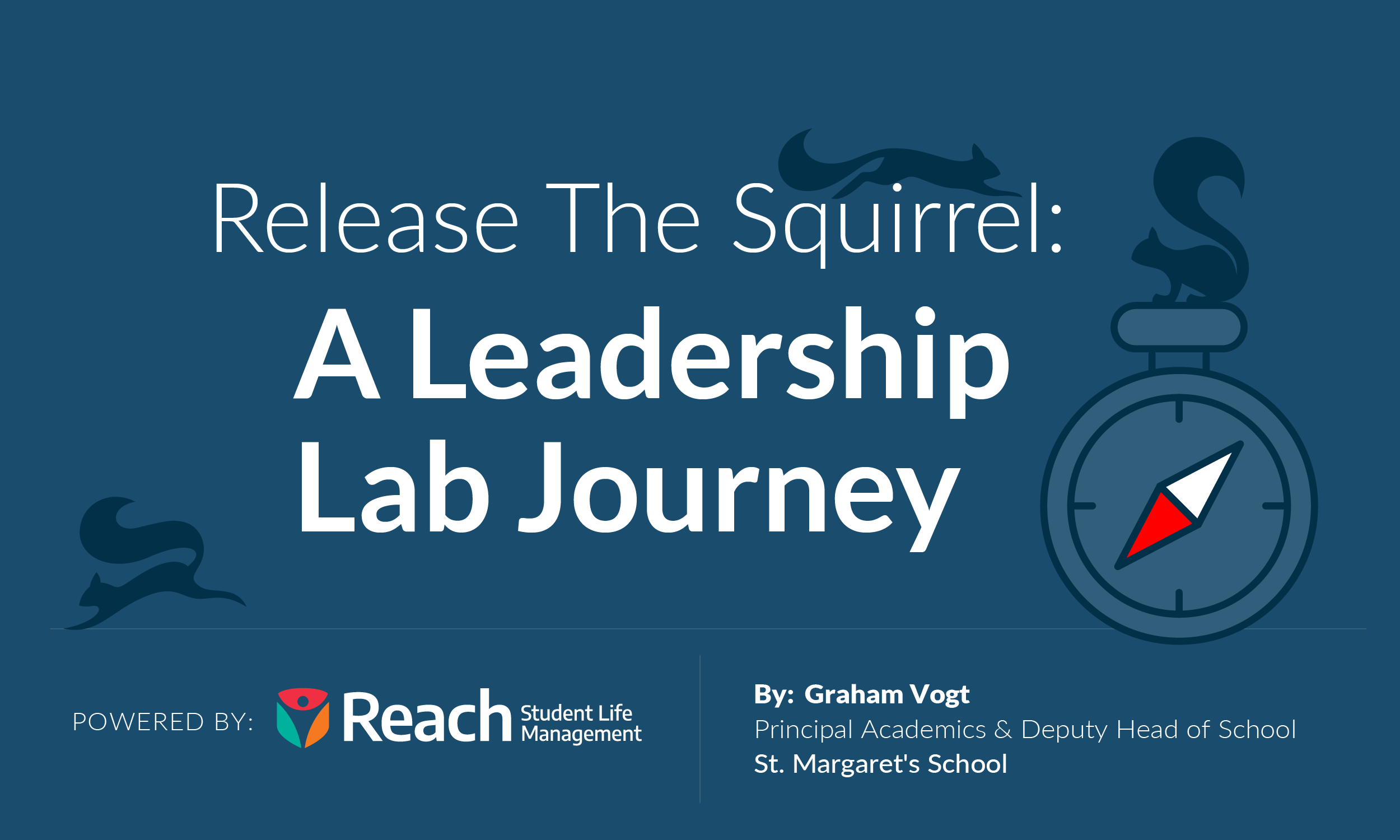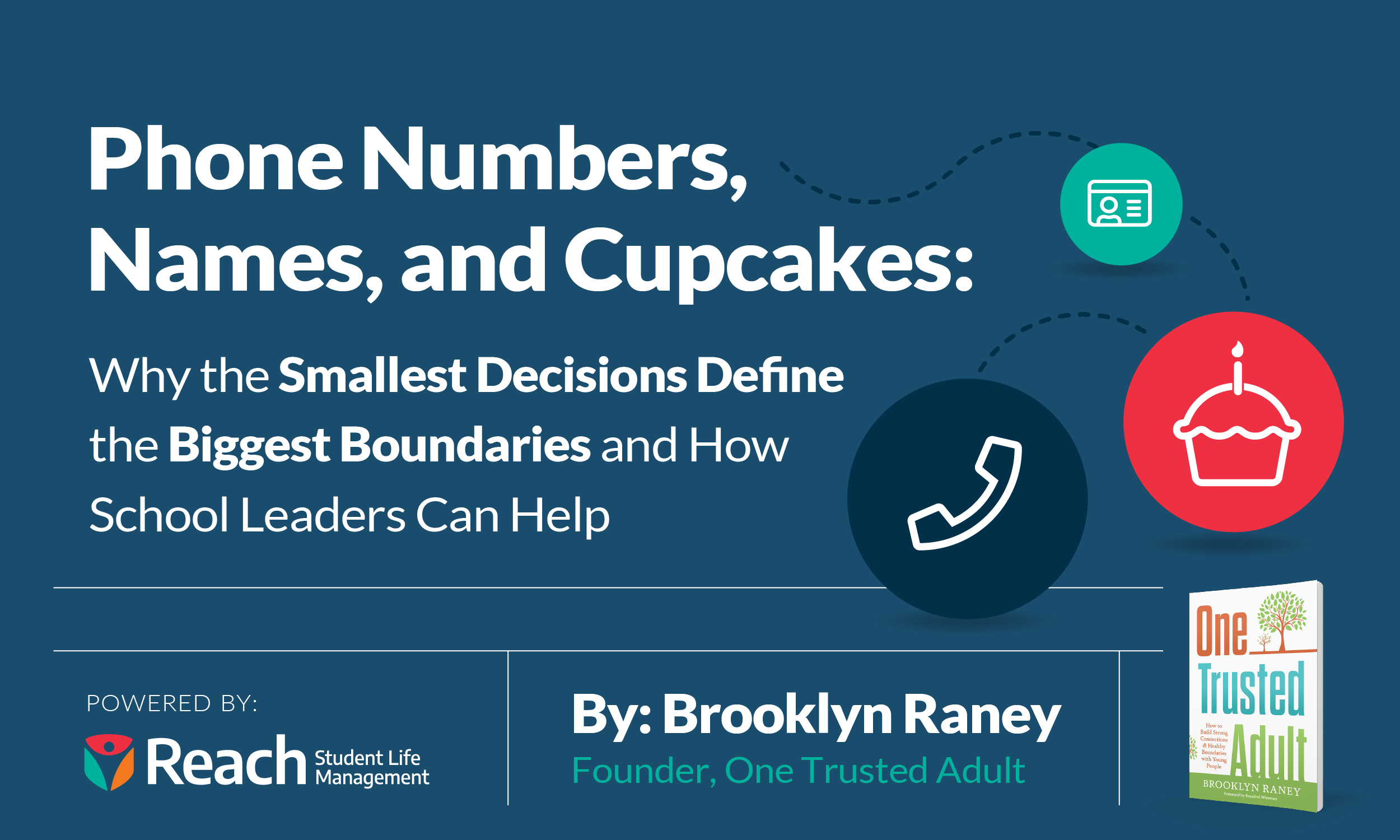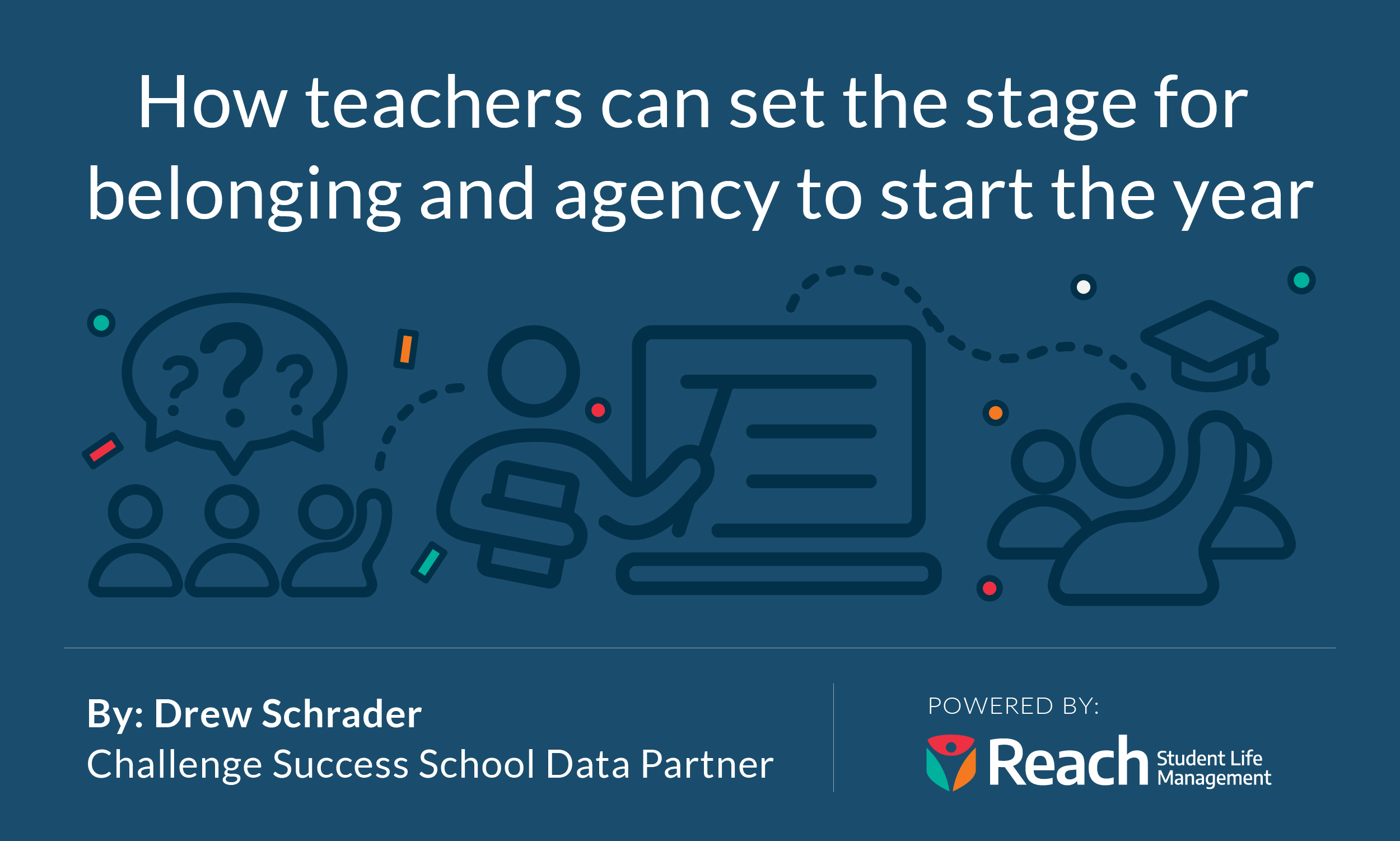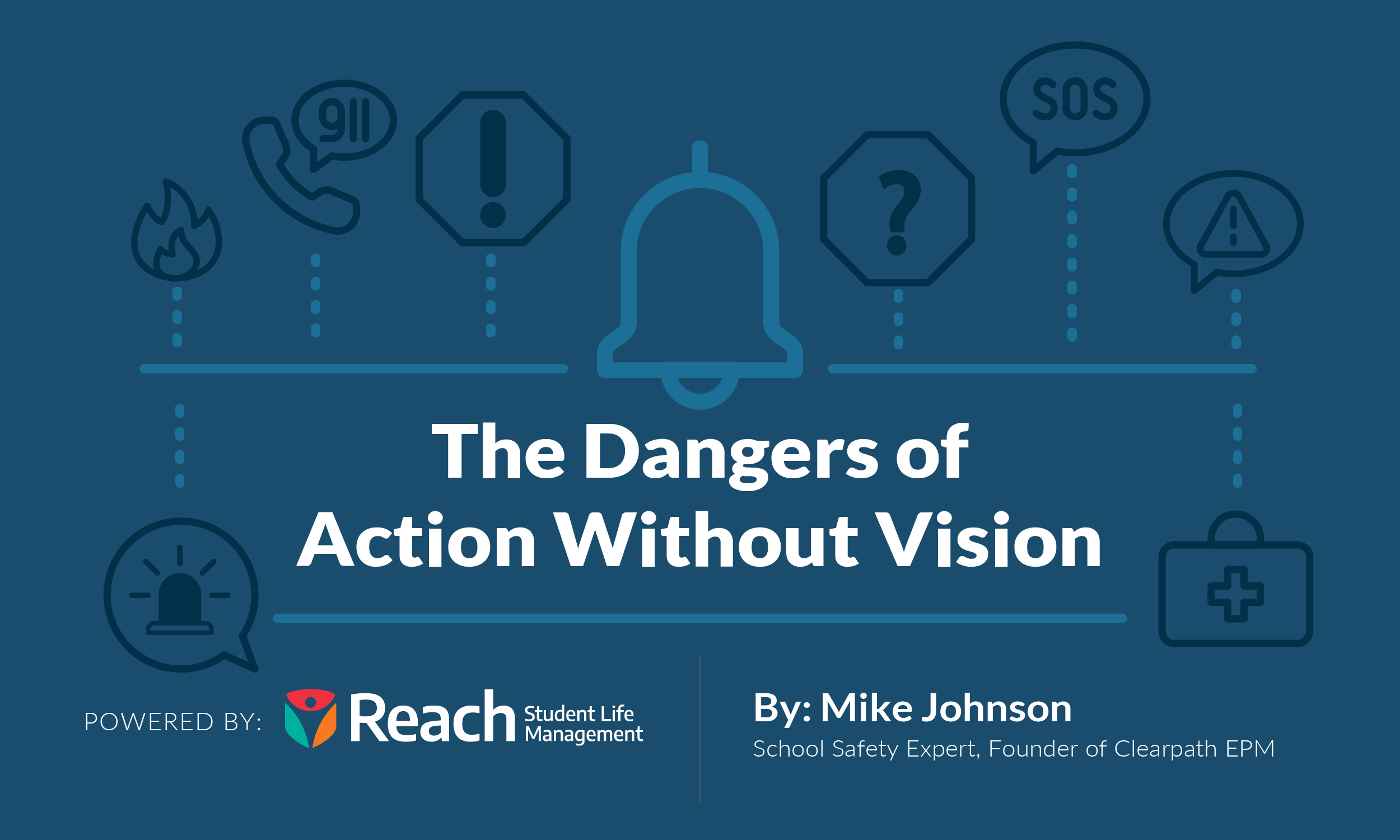Release the Squirrel: A Leadership Lab Journey
Written by Graham Vogt

Recently, on an otherwise quiet Sunday morning, my 12 year-old daughter who had just gone outside to embrace a very spring-like day, exploded through the front door, crying. Distraught.
“Where’s Guthrie?” she yelled. “I need Guthrie!”
She ran up the stairs towards the bedrooms, in search of her little brother. After a secret but frantically whispered discussion, both were down the stairs and gone. Out the front door, disappearing again into the day.
Intrigued and a little concerned, I quietly followed. Maki and Guthrie were crouched silently at the edge of the yard, peering through the hedge. As I crept closer I heard the panicked rustling of tiny claws against metal, and then saw the brown squirrel, captured in a live-trap by the next-door neighbours.
“Dad, it’s awful.” Maki was seething.
“I’m so sorry, Maki,” I tried to console.
“It’s not fair. Squirrels were here first.”
“What are you going to do?” I asked
She looked at me as she would a stranger.
“I’m going to set it free.”
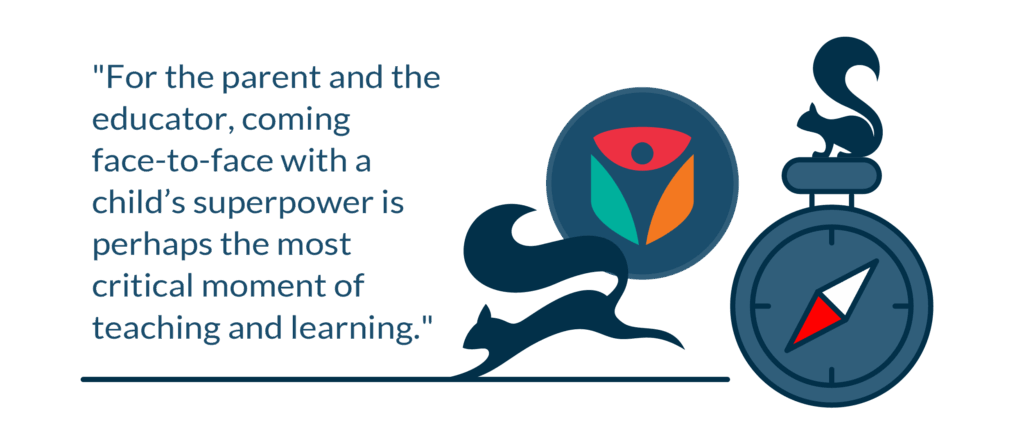
Some of the best moments we have as parents, educators and leaders are outcomes of our ability to control our impulses, and to not immediately react. It was, for instance, my first instinct in that moment to protect and maintain neighbourly relations. However shamefully, I could so easily have gone that way. And if I had, it would have been a pure deferral to my neighbours values, and a dismissal of my own. More damning is that it also would have negated Maki’s emerging sense of values and the convictions she’s forming to protect them. What message would I be sending to her? To what extent would I be honouring her adolescent journey through the complexities of her world, identifying, building and maintaining her sense of self?
On this day, in that moment, I caught myself. Thankfully.
“Can we just take a second to talk about this first?” I asked.
“Fine,” she replied with a slight eye roll.
(Ah, the emerging teen.)
But I had secured the “teachable moment” and she knew it. Indeed, it is more than a little annoying to have educators as parents.
“What do you need to be worried about?” I asked.
Another glare that plainly read, “please don’t use your coaching tactics on me.” She knows me too well. But in the silence was a slight and noticeable transformation.
“Rabies!” she exclaimed. “I need gloves.”
And off she ran back into the house, returning seconds later in her thick, winter gloves, ready to explode through the hedge.
“Wait,” I cautioned.
“Dad!”
“Have you thought at all about the conversation you may need to have with the neighbours?”
“What do you mean?”
“Well, there is a strong likelihood that you will be caught by them, and they may be angry. Have you thought about that?”
“No,” she replied, dismissive.
“Before you crash into their yard and set the squirrel free, can you please think about what you might say to them?”
Again with her glare. Piercing. Unrelenting. It is that same fire and fierce determination that we’ve witnessed throughout her life from the very earliest moments. It is a superpower to be encouraged but also harnessed. Like all superpowers it possesses the potential for destruction and misery, and so it must be carefully and continually nurtured. Adults are guilty of destroying the superpowers of kids – suffocating them through a behaviour bias and an instinct to control, or “amusing them to death” with the distraction of a device. For the parent and the educator, coming face-to-face with a child’s superpower is perhaps the most critical moment of teaching and learning. It asks a lot of us to be conscious of and conscious within that moment.
After a brief consideration of the consequences, Maki was resolved. She was determined to do what she believed was right. Her convictions were outweighing her fears, her adrenalin was flowing, and she was transfixed. While a little worried for her, heartbroken perhaps by that looming ledge, creeping ever closer and her innocence now rushing by, cascading over, I was also proud. Perhaps drawing from their favourite stories and most inspirational leaders, I realized it was time for me to leave. As Dumbledore or Obi-Wan might, I turned back towards the house. At the door I paused for a final look. A tableaux for eternity. When did she grow so long, her shoulders so wide? And Guthrie, who will play the hero in many of his own adventures, but for now happy to be mentored in the role of loyal sidekick, looking up at his sister. And me, backing away from the edge of the rye field, without a net. Nothing to do but wait.
Throughout this just concluded season of Cohort21, Tracy, Garth and I collaborated over the development and facilitation of the inaugural Leadership Lab. Foundational to our overall approach was our focus on core strengths and coaching models. As educators and leaders, what do each of us believe in the most? As we manage people, initiatives and challenges, who are we? What tendencies and biases do we carry that are therefore exasperated in challenge as temperatures rise? What do I need to ask of myself, and what are the strategies that will allow me to manage, not only myself but also the moment? Furthermore, how will I ensure that I am consistently guided by what I believe in most? How do I ensure I am respecting and not negating the core strengths of others?
The story of Maki and the squirrel, while in some ways light and fun, could, within her own story of life, emerge as a critical moment in her developing sense of self, her identification and understanding of, and connection to, her own core strengths. It is also frighteningly precarious. Regardless of my response, she was always going to be impacted by this experience, but my response helps to affect the nature of that impact. Have I affirmed or denied her core strengths? Does she emerge empowered or ashamed?
Before long, there was another explosion through the front door. This time elated and celebratory.
“Dad, we did it!” they seemed to yell in unison. “The squirrel is free!”
Their clear elation was a pure expression of achieving something they believed was right. In education, it is perhaps the most essential moment of all. When fully realized and honoured, the moment is transformational. It crystalizes past learning, and inspires and contextualizes future learning. As a leader, educator, or parent, my role is on one hand simple: recognize a long, guilty history within education (and parenting and leadership) of killing such moments, and stay out of the way. Within the other hand is the balancing act we must learn to master: harness the moment to clearly identify, articulate, capture and extend the learning.
“How do you feel right now?” I asked.
“Really good!”
“Where, do you think, this ‘really good’ feeling is coming from?”
“I set the squirrel free. I am happy for the squirrel.”
“And what else is making you feel good?”
“Well, I did it, and I didn’t know if I actually could.”
Among the many foundational understandings, skills and approaches we have worked to instill in our collective Leadership Lab journey, we are also building a deep appreciation for complex ecosystems. Ecosystems are the superpower of all schools. Imagine the vast range of strengths, perspectives and talents among a leadership team, and a teaching faculty. Now imagine its capacity to support and empower each individual journey within a diverse student body. Here lies the exciting potential of education at large. At the core of our individual journeys, we are working to build trust in our convictions and then the strength to ensure our convictions outweigh and overcome our fears. And we learn to do this with unending respect for each other, and support from each other.
For some time after the squirrel had been released, we seemed to simply sit. We were basking in the excitement and joy, but we were also waiting – each of us anticipating what felt like an inevitable knock at the door. It was Tia, their wise mother who is in an unending and highly-nuanced balancing act of empowering and tempering the madness of her husband, who opened us to what potentially lay ahead, deepening our learning.
“If the neighbours come to our door, we will need to invite them in to talk,” Tia cautioned. “I want you to listen to what they have to say. It may be that they have very good reasons for trapping the squirrels. Reasons you have not yet considered.”
In our final gathering, to conclude our Leadership Lab journey, Garth, Tracy and I gifted each participant with a compass. For me, a compass can symbolize leadership in many ways. It can remind us of a fixed point from which to guide, such as our core values and strengths. It can also help us find direction, like a leader using a coaching model, asking questions to help others find their own direction, guided by their convictions; a process that is crucial for unleashing their superpowers. Like any true gift, as described by R.W. Kimmerer in ‘Braiding Sweetgrass’, a compass asks something of us. It demands a skill, a particular understanding. It asks us to look up at a time when too often our eyes are drawn down. And so, a compass may help us to navigate vast seas or thick forests like the complex school ecosystem whose health is dependent upon individuals feeling supported and empowered to follow their internal compasses.
Very simply, my compass will sit on my desk, so that in my most challenging moments it may catch my eye just strongly enough that it will cause me to pause – in the same way I paused that morning by the hedge.
At Reach, we see daily how these moments—of pause, reflection, and values-driven action—play out across residential programs and student life offices. Our tools are designed to support exactly this kind of leadership: where educators empower rather than control, and students grow by learning to navigate their world with confidence and accountability. Like a compass, Reach helps schools align their systems with their values, ensuring every student feels seen, supported, and encouraged to follow their own path.
About the Author
Graham Vogt is a passionate educator, leader, and lifelong learner whose diverse experiences have shaped a deep commitment to understanding how learning happens—and how it sometimes doesn’t. From setting records for low grades and absences in high school to reigniting his love of learning through theatre and travel, Graham brings humility, curiosity, and creativity to every role he takes on. He believes that effective leadership begins with authenticity, and he approaches education with a relentless desire to close the gap between students and the systems meant to support them. Whether in the classroom, the outdoors, or around a table with colleagues, Graham’s work is driven by a belief in the transformational power of learning and the joy of chasing big questions.
